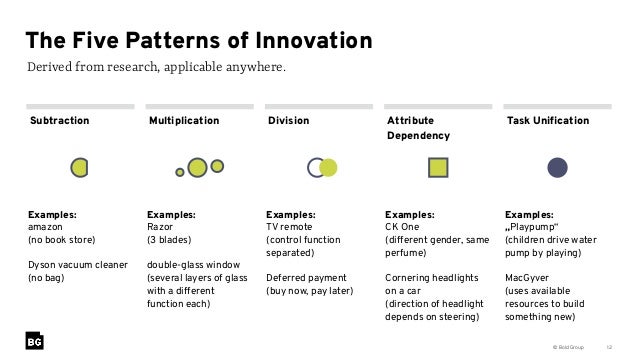Sustainability
Sustainability is the ‘capacity to endure’ – in other words, something is sustainable if it can carry on for a
long period of time. For humans, sustainability is the potential to maintain our way of life over the long term.
This has environmental, economic and social consequences – to live sustainably we have to conserve the
ecosystem, plan responsibly and manage the Earth’s resources so we don’t run out of them.
However, living sustainably is easier said than done. Ever since people began to clear forests and plant crops,
they have exposed vulnerable soils, changed patterns of weather and created deserts.
See below Easter Island before and after deforestation.

 Whilst human numbers were small and our technology limited to hand tools, the damage we caused to the environment did little to upset the overall balance of nature. Unfortunately, during the nineteenth and twentieth centuries, the size of the human population rose dramatically. At the same time, technological advances raised people’s standard of living, meaning that each person was using more of the Earth’s resources than ever before. With ever more people using ever more resources, pollution and other forms of damage to the environment became increasingly widespread.
Whilst human numbers were small and our technology limited to hand tools, the damage we caused to the environment did little to upset the overall balance of nature. Unfortunately, during the nineteenth and twentieth centuries, the size of the human population rose dramatically. At the same time, technological advances raised people’s standard of living, meaning that each person was using more of the Earth’s resources than ever before. With ever more people using ever more resources, pollution and other forms of damage to the environment became increasingly widespread.

One of the most dramatic ways in which we are altering the world around us is by increasing the greenhouse effect. Carbon dioxide in the atmosphere traps some of the Sun’s heat energy, warming the planet. Without any carbon dioxide in the atmosphere, the temperature of the Earth’s surface would be -40˚C.
 Burning fossil fuels releases more carbon dioxide into the atmosphere, causing it to trap more heat and
warm up further. Over the twentieth century, the average temperature of the Earth’s surface rose by 0.7˚C.
As the Earth’s temperature increases further, we can expect the polar ice caps and mountain glaciers to melt.
This will cause sea levels to rise, causing flooding of low-lying areas, destroying people’s homes, farm land, and
the habitats of many plants and animals.
Burning fossil fuels releases more carbon dioxide into the atmosphere, causing it to trap more heat and
warm up further. Over the twentieth century, the average temperature of the Earth’s surface rose by 0.7˚C.
As the Earth’s temperature increases further, we can expect the polar ice caps and mountain glaciers to melt.
This will cause sea levels to rise, causing flooding of low-lying areas, destroying people’s homes, farm land, and
the habitats of many plants and animals.
Achieving sustainability is not just about being nice to trees: it is about enabling the Earth to continue
supporting human life as we know it.
TASK:
- Identify all new words from this piece of writing and place into the Vocab section of the Literacy wall.
- List at least 10 negative impacts people have on the environment in New Zealand.
- Create a collage of images showing the negative impact humans have caused on the natural environment.

